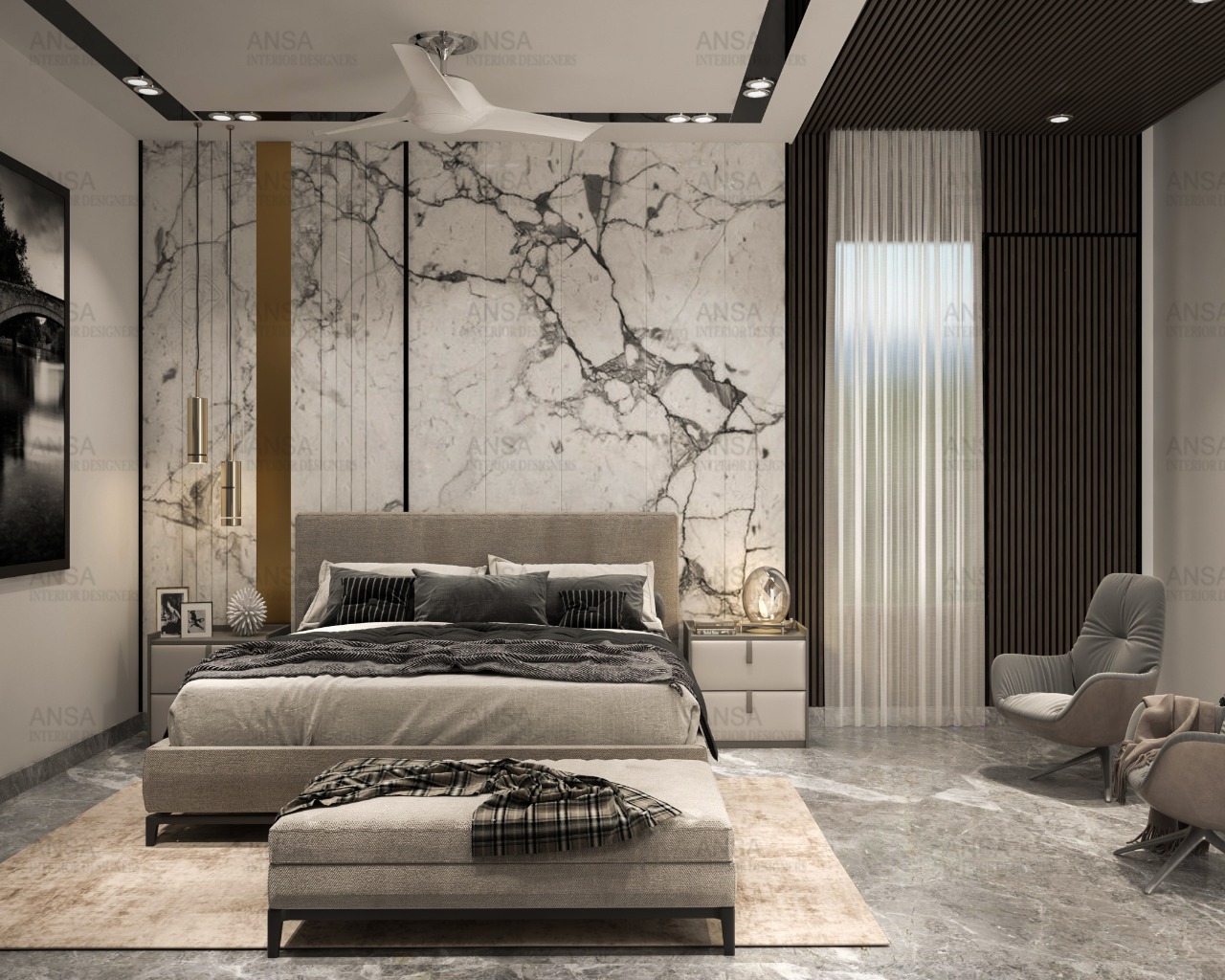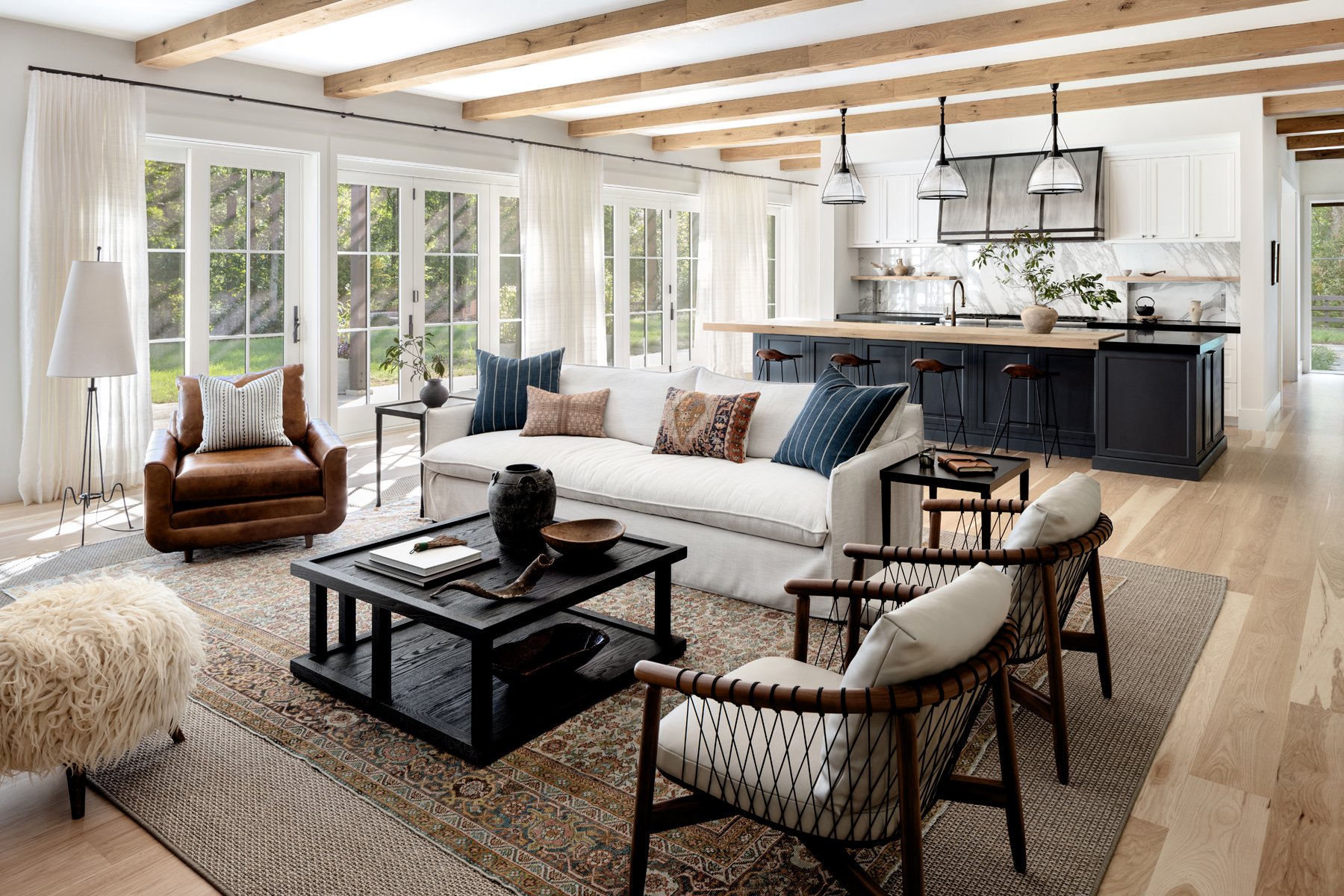Develop Distinct Rooms with Professional Interior Design Miami Techniques
Develop Distinct Rooms with Professional Interior Design Miami Techniques
Blog Article
Why Comprehending the Principles of Inside Style Is Important for Effective Space Planning
Comprehending the principles of interior decoration is basic to reliable space planning, as it prepares for creating atmospheres that balance functionality with aesthetic appeal. Important components such as balance, circulation, and percentage are not just attractive factors to consider; they are vital in maximizing exactly how a room is used. When these concepts are attentively used, the result is an ambience that urges both performance and wellness. Yet, several forget how these ideas intertwine with functional applications, resulting in missed chances in style efficiency. Discovering this connection reveals understandings that might transform any type of space.
Value of Area Preparation
Area planning is an essential aspect of interior decoration that significantly affects the performance and aesthetics of an area. It includes the strategic arrangement of furniture, fixtures, and building components to optimize the use of offered area while improving the overall customer experience. Reliable room preparation addresses numerous variables, consisting of flow, availability, and the certain needs of the passengers.
One of the key benefits of space planning is its capacity to enhance spatial performance. Interior design Miami. By thoughtfully organizing a layout, developers can ensure that every location serves a function, reducing mess and advertising a sense of order. In addition, correct space planning promotes an unified atmosphere, permitting smooth movement and interaction within an area
Furthermore, effective room preparation thinks about natural light, sightlines, and the connection in between different locations. This holistic technique not only boosts the aesthetic appeal however also contributes to the wellness and productivity of the occupants. Ultimately, a well-executed area strategy is critical in producing a well balanced and welcoming environment, making it crucial for any type of indoor layout project.
Key Concepts of Interior Style

One basic principle is equilibrium, which can be symmetrical, asymmetrical, or radial. Symmetrical balance creates a feeling of order, while asymmetrical balance provides a more dynamic aesthetic charm. An additional important principle is proportion and scale, making certain that the dimension of furnishings and decor aspects connect sympathetically to every other and the general area.
Shade concept likewise plays a significant duty, impacting state of mind and perception. Developers make use of shade schemes to evoke details feelings and boost the spatial experience. In addition, the concept of rhythm involves developing a sense of motion through repetition of shades, patterns, or shapes, assisting the eye throughout the area.
Last but not least, the concept of focus guides interest to centerpieces, permitting a clear story within the layout. Interior designer Miami. By sticking to these vital principles, indoor developers can develop atmospheres that not just fulfill practical needs but additionally reverberate with the passengers on a psychological level
Effect On Capability and Circulation

The setup of furniture, the selection of materials, and the assimilation of innovation all play vital functions in achieving optimal performance. For example, positioning seating locations in closeness to work areas can help with interaction and collaboration, thereby boosting performance. Additionally, ensuring that paths are clear and unblocked permits effective activity, minimizing congestion and advertising an all-natural circulation throughout the area.
Moreover, including aspects such as lights and shade can additionally site here assist in delineating locations, making it easier for individuals to browse their setting. Thoughtful room planning thinks about not only the physical elements of design yet likewise exactly how individuals engage with their environments. Eventually, a concentrate on capability best site and circulation not just improves the customer experience but also boosts the total effectiveness of the area, producing a setting that meets the demands of its residents while fostering a feeling of harmony and balance.
Enhancing Visual Appeals and State Of Mind
Three crucial components-- color, lights, and structure-- play pivotal roles in improving the appearances and state of mind of an interior space. Color establishes the psychological tone; cozy shades like oranges and reds evoke power and warmth, while cooler tones such as blues and eco-friendlies promote calmness and tranquility. Choosing an unified shade combination can transform a space, creating a cohesive and aesthetically appealing setting.
Structure adds deepness and rate of interest, adding to the responsive experience within an area. A mix of appearances-- smooth surface areas, deluxe textiles, and all-natural materials-- can create visual intrigue and enhance comfort. Coupling a soft velvet couch with a streamlined glass coffee table can produce a balanced visual that welcomes communication.
Illumination, frequently a forgotten element, considerably impacts mood. Natural light fosters an open, airy ambience, while strategically put synthetic lighting can develop heat and emphasize architectural functions. Dimmer buttons allow convenience, permitting adjustments to match numerous tasks or times of day.
Including these 3 elements attentively not only raises the aesthetic appeal of a space but also grows an atmosphere that resonates with its designated purpose, eventually enriching the total experience for its residents.
Practical Applications in The Real World
Applying indoor style principles in actual life needs a thoughtful method that incorporates color, appearance, and lights right into day-to-day rooms. By recognizing just how these aspects interact, people can produce atmospheres Read More Here that are not only visually attractive yet also functional and unified.
For example, in a tiny living area, employing a light color combination can make the room feel larger and extra open. Strategic use mirrors can boost natural light and produce an impression of deepness. Including various textures with fabrics, such as cushions and rugs, can include heat and interest without overwhelming the senses.
Lights plays a vital function in specifying the ambience. Split lights, including ambient, task, and accent choices, permits adaptability in mood setups. In a home office, as an example, a mix of all-natural light, workdesk lamps, and attractive fixtures can boost performance while maintaining an inviting ambiance.
Additionally, recognizing spatial relationships and furnishings setup can cause enhanced capability. By sticking to concepts such as equilibrium and percentage, one can ensure that areas offer their designated purpose while staying cosmetically pleasing. On the whole, functional applications of interior decoration principles significantly improve the livability and charm of any kind of setting.
Verdict
In conclusion, comprehending the principles of indoor layout is critical for effective area planning, as it cultivates a balance in between functionality and looks. By applying key ideas such as proportion, color concept, and circulation, designers can develop atmospheres that enhance both functionality and aesthetic allure. Eventually, this understanding contributes to the development of spaces that not just fulfill useful needs yet also elevate the total ambience, causing more efficient and enjoyable experiences for customers.
Recognizing the principles of indoor design is essential to effective space preparation, as it lays the groundwork for producing environments that integrate functionality with visual appeal.Area preparation is a basic aspect of interior layout that dramatically influences the capability and appearances of a space. Additionally, proper space preparation fosters a harmonious atmosphere, enabling for smooth movement and communication within an area.
Additionally, the concept of rhythm involves producing a feeling of movement via repeating of forms, patterns, or shades, directing the eye throughout the space.
In verdict, comprehending the principles of interior layout is vital for reliable room planning, as it cultivates a balance between functionality and appearances.
Report this page